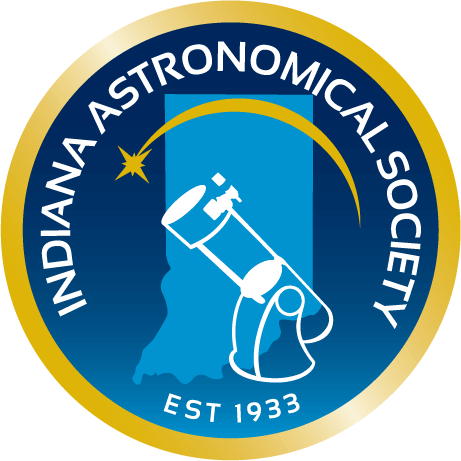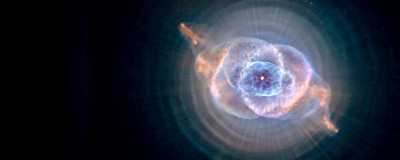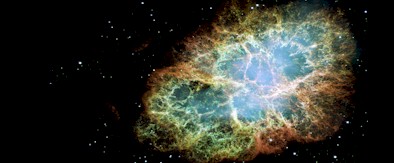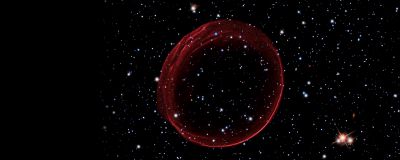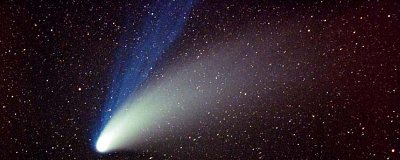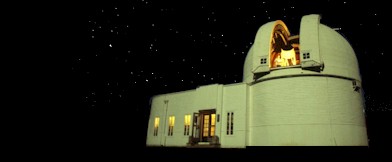
Indiana Astronomical Society
Observation Planning

Messier Objects - Charles Messier was a French comet hunter in the 1750s. In Messier's day, astronomers did not have the benefit of good star charts like we have today, showing the positions of galaxies, star clusters, and nebulae -- what the great twentieth-century comet hunter Leslie Peltier termed "comet masqueraders." These objects were largely unknown and uncharted. Thus Messier began to build a catalog of what he called these "embarrassing objects." By 1765, Messier had compiled a list of 41 such objects. Of those, only 17 or 18 were his own discoveries; the rest had been seen previously by others (whom he acknowledged). Before submitting the list for publication, he decided to round it out with a few more objects so on 4 March of that year he determined the positions of M42, M43, M44, and M45. He presented his list of 45 nebulae and star clusters to the Academy of Sciences in Paris in February 1771, and it appeared in the Academy's Memoirs for that year, which were actually published in 1774.
Source: Deep Sky Companions - The Messier Objects by Stephen James O'Meara

Caldwell Objects - A Catalog composed by Sir Patrick Alfred Caldwell-Moore that lists 109 objects not identified by Messier arranged in order of declination, beginning in the far north and ending in the far south -- from Cepheus to Chamaeleon. All objects are accessible to amateurs using modern four-inch and larger telescope under a dark sky, but some are more difficult than others.
The catalog was first published by Sky & Telescope Magazine in its December 1995 issue.
Source: Deep Sky Companions - The Caldwell Objects by Stephen James O'Meara

Herschel-400 Objects - The Herschel 400 catalogue is a subset of William Herschel's original catalogue of 2,500 deep sky objects, selected by Brenda F. Guzman (Branchett), Lydel Guzman, Paul Jones, James Morrison, Peggy Taylor and Sara Saey of the Ancient City Astronomy Club in St. Augustine, Florida, USA circa 1980. They decided to generate the list after reading a letter published in Sky & Telescope by James Mullaney of Pittsburgh, Pennsylvania, USA. In this letter Mr. Mullaney suggested that William Herschel's original catalogue of 2,500 objects would be an excellent basis for deep sky object selection for amateur astronomers looking for a challenge after completing the Messier catalogue.
Source: Wikipedia

Arp Galaxies - A catalog of peculiar galaxies that do not fit into a conventional galaxy classification scheme, such as the Hubble "tuning fork." Halton C. Arp began compiling this atlas in 1962. During that period, galactic morphologists wondered whether some evolutionary or astrophysical trend might become apparent if they were systematically sorted by shape. By and large, the kind of peculiar galaxies that Arp eventually turned up could not simply be pronged onto a tine of the Hubble tuning fork or dropped into the bins of Knut Lundmark's "bins."
Source: The Arp Atlas of Peculiar Galaxies - A Chronicle and Observer's Guide by Jeff Kanipe and Dennis Web.
Astronomical League Observing Programs - Detailed information on more than 60 different observing programs encompassing most aspects of observational astronomy and all skill levels. Many of these programs don't even require a telescope! The Astronomical League provides certificates of completion and award pins for League members who finish each program. Finish 10 programs to become a Master Observer!
Tonight's Sky - Helping the amateur astronomer plan their night by showing what you can see and what it will look like.
Heaven's Above - Local visibility predictions for iridium flares as well as International Space Station and other satellites.
Google Moon Map - View a visible light or elevation map of the Moon. You may scroll and zoom the map using your mouse. The maps allow you to zoom in on the Apollo landing sites.
Google Mars Map - View a visible light, infrared or elevation map of Mars. You may scroll and zoom the map using your mouse. The maps show features such as Mountains, Plains, Spacecraft, Canyons, Ridges, Dunes and Craters.
Moon Phase Calendar for Indianapolis - courtesy of timeanddate.com
